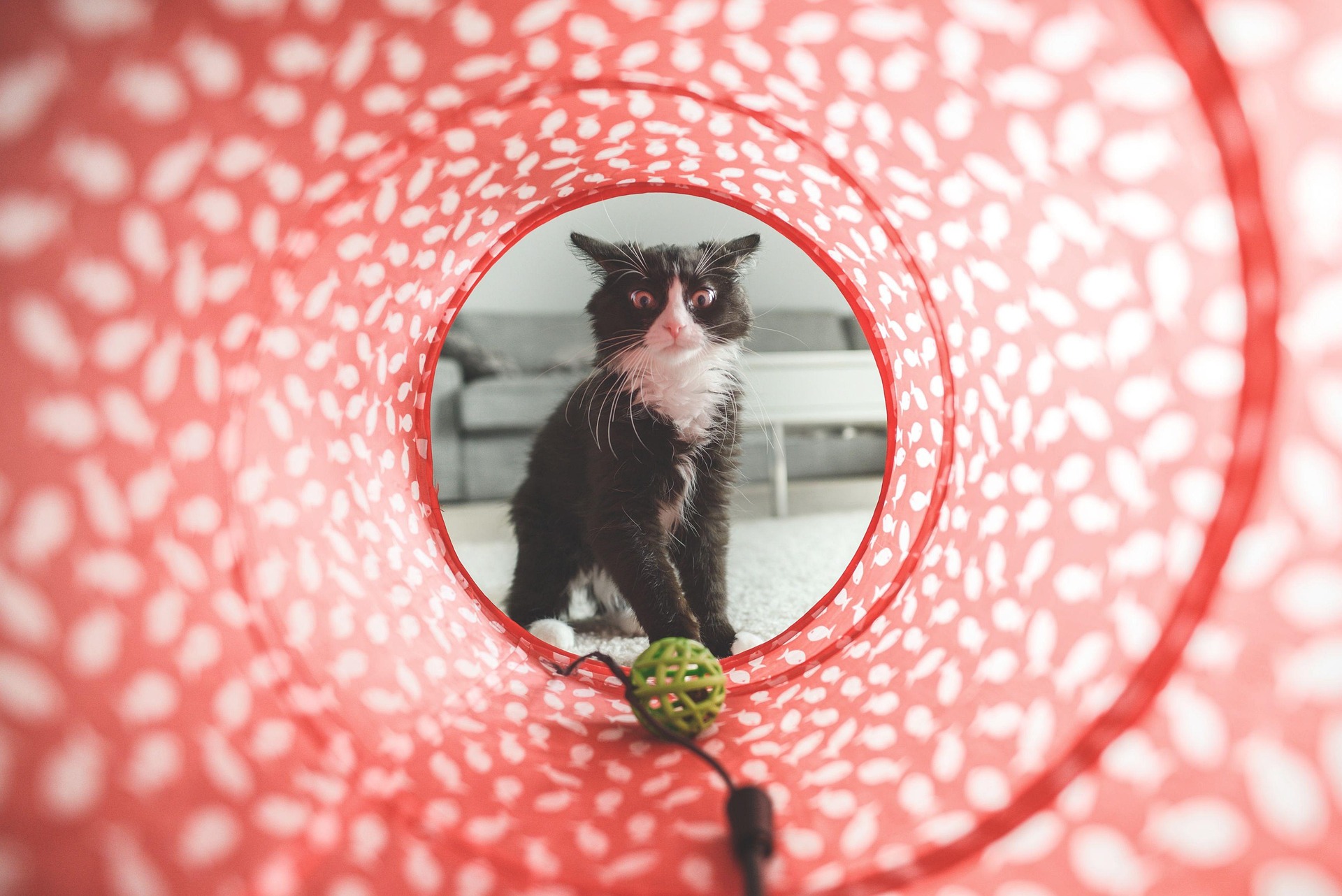The Science Behind Positive Reinforcement: Why Reward-Based Training Works
Positive Reinforcement and Its Foundations
Positive reinforcement is a training method based on rewarding a pet for displaying a desired behavior. It forms the foundation of modern pet training, especially for dogs, and is rooted in the principles of behavioral psychology. The core idea is simple: animals, including dogs and cats, are more likely to repeat behaviors that lead to positive outcomes. By rewarding good behavior, pet owners can effectively teach their animals how to act in various situations.
The Science Behind Positive Reinforcement
At the heart of positive reinforcement is operant conditioning, a learning theory developed by psychologist B.F. Skinner. Operant conditioning suggests that behaviors followed by pleasant consequences are more likely to be repeated. In pet training, this means that if a dog sits on command and is rewarded with a treat or praise, the dog is more likely to repeat that behavior in the future.
Reward-based training works by associating specific actions with rewards. These rewards can come in many forms, such as treats, verbal praise, toys, or even physical affection. The key to success lies in timing and consistency. To effectively reinforce a behavior, the reward must be given immediately after the desired action is performed. This helps the pet clearly associate the reward with the behavior.
Why Reward-Based Training Works
1. Promotes Trust and Positive Bonding
Positive reinforcement fosters a trusting relationship between pets and their owners. When animals receive rewards for their actions, they start viewing training as a positive experience rather than a stressful one. This mutual trust strengthens the bond between the pet and the owner, encouraging the animal to be more receptive to future training sessions.
Building trust is crucial for any training process. A pet that feels secure and valued is more likely to learn and retain new behaviors. For example, when a dog is consistently praised for sitting on command, it begins to understand that following commands leads to positive outcomes. This understanding promotes a healthier relationship between the pet and the owner.
2. Encourages Repetition of Desired Behaviors
By consistently rewarding desired behaviors, positive reinforcement encourages animals to repeat those actions. For instance, rewarding a dog for sitting when asked will likely result in the dog sitting on command more often. The more frequently a behavior is reinforced, the more ingrained it becomes in the pet's routine.
This repetition is essential for long-term success. Pets learn through practice, and consistent rewards reinforce their learning. Over time, these positive behaviors become second nature to the animal, making them more reliable and well-behaved in different situations.
3. Reduces Unwanted Behaviors
Unlike punishment-based training methods, which can lead to fear or anxiety, positive reinforcement focuses on rewarding the behaviors you want to see more of. This approach reduces the likelihood of aggression, stress, and fear-based reactions in pets. By focusing on what pets do right rather than punishing mistakes, pet owners create a more positive training environment.
For example, instead of scolding a dog for barking excessively, a pet owner can reward the dog for staying quiet. This shift in focus encourages pets to behave in ways that align with their owner’s expectations without causing fear or anxiety.
4. Works with a Variety of Pets
While positive reinforcement is most commonly associated with dog training, it is also highly effective for cats, birds, and other types of pets. Cats, for instance, can be trained to perform tricks or use the litter box using reward-based techniques. Birds can be taught to speak or perform specific actions with the right incentives.
The flexibility of positive reinforcement makes it a versatile training method suitable for a wide range of pets. Whether you have a dog, cat, bird, or small mammal, reward-based training can help improve their behavior and strengthen your bond with them.

The Benefits of Positive Reinforcement in Pet Training
1. Non-violent Training Method
Unlike punishment-based training, positive reinforcement avoids using physical force or intimidation. It’s a gentle, humane approach that respects the pet’s emotional well-being while teaching them how to behave appropriately. This makes it a safer and more effective option, especially for families with young children who interact with the pet regularly.
Positive reinforcement techniques emphasize kindness and patience. Rather than forcing a pet to comply through fear, owners encourage cooperation through rewards, creating a more pleasant training experience for everyone involved.
2. Boosts Cognitive Engagement
Positive reinforcement engages your pet’s brain, stimulating their mental capacity as they learn to understand cause-and-effect relationships. This mental engagement encourages problem-solving and keeps pets mentally active and healthy.
Mentally stimulating activities are particularly important for popular pets, such as dogs and cats, as they prevent boredom and reduce destructive behaviors. For example, a dog that learns new tricks through positive reinforcement is less likely to engage in unwanted behaviors like chewing furniture or excessive barking.
3. Improves Long-Term Behavior
Studies show that animals trained with positive reinforcement are more likely to maintain good behavior over time. Because the training process focuses on rewarding progress, pets retain learned behaviors longer than those trained through punishment or fear.
Long-term behavior improvement is one of the most significant advantages of positive reinforcement. Pets trained using reward-based methods are more likely to remain well-behaved even when faced with new challenges or environments. This consistency makes them more adaptable and responsive in various situations.

Practical Tips for Using Positive Reinforcement
To get the best results from positive reinforcement, pet owners should follow a few key tips:
• Be Consistent: Consistency is crucial in reward-based training. Ensure that everyone in the household follows the same training methods and rewards the same behaviors.
• Use High-Value Rewards: Choose rewards that your pet finds motivating. For dogs, this could be treats, toys, or praise. For cats, consider using special treats or affection.
• Keep Training Sessions Short: Pets, especially younger ones, have limited attention spans. Keep training sessions brief and positive to maintain their interest.
• Reward Immediately: Timing is essential. Make sure to reward your pet right after the desired behavior to reinforce the connection.
Ready to Start Training Your Pet?
Positive reinforcement is a powerful tool for building a strong, positive relationship with your pet while teaching them important behaviors. Whether you're struggling with potty training your new puppy or want to reinforce good behavior in your adult dog or cat, reward-based training is the way to go.
Get Started Today:
Begin your pet’s training journey now with our collection of expert tips and resources. Start rewarding good behavior, build a stronger bond with your pet, and enjoy a harmonious, well-trained companion.
Contact us for personalized training advice or check out our training resources to help you get the best results!

No Comments ( as of 2/5/2025 3:22:27 PM )